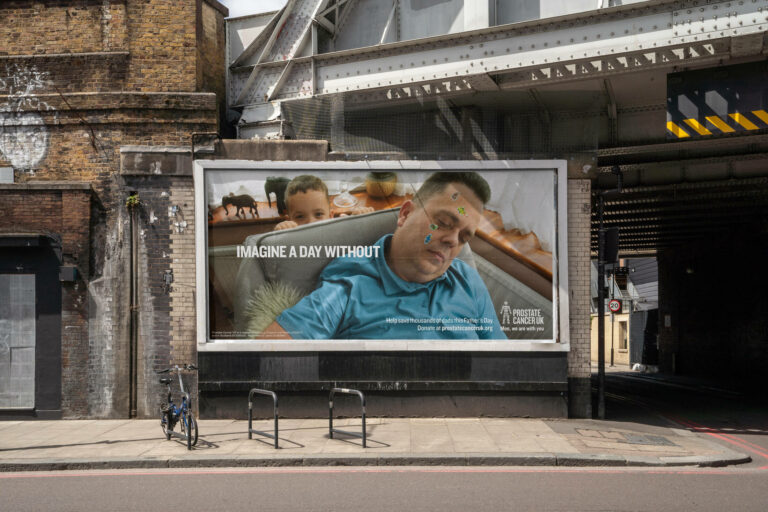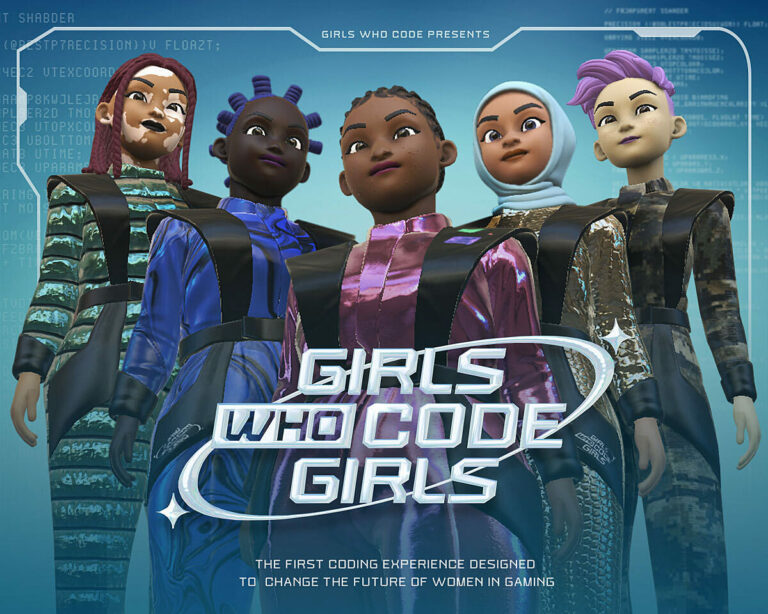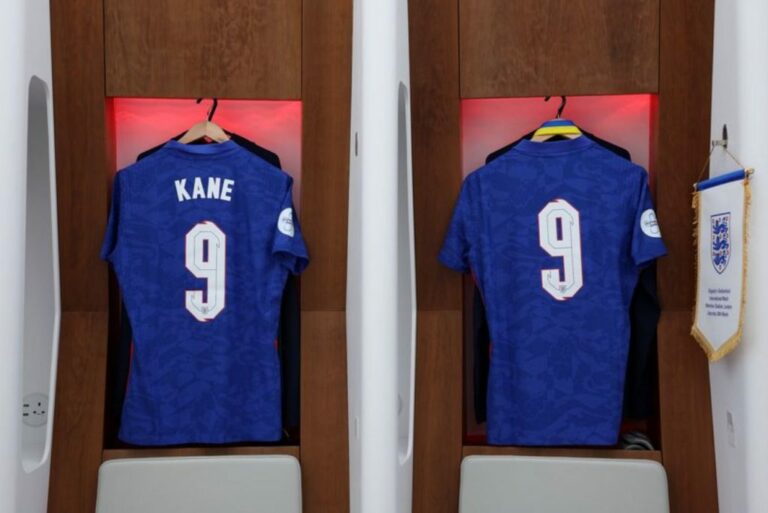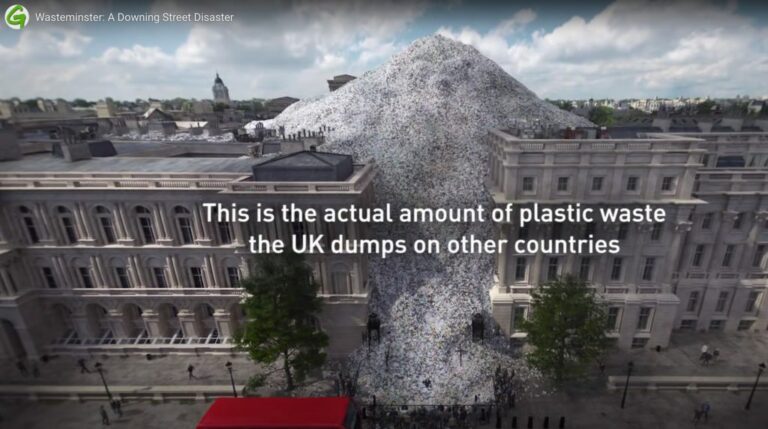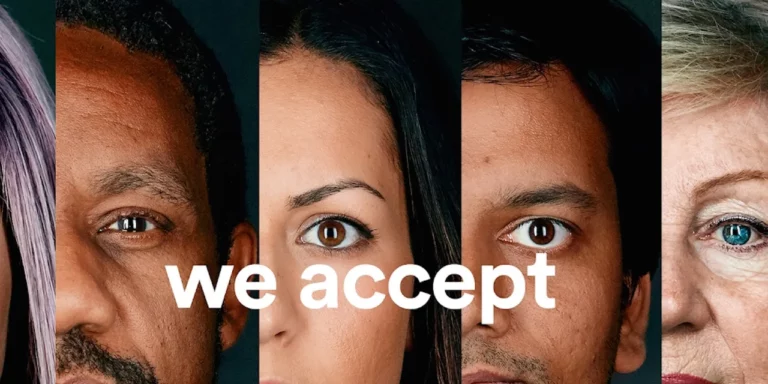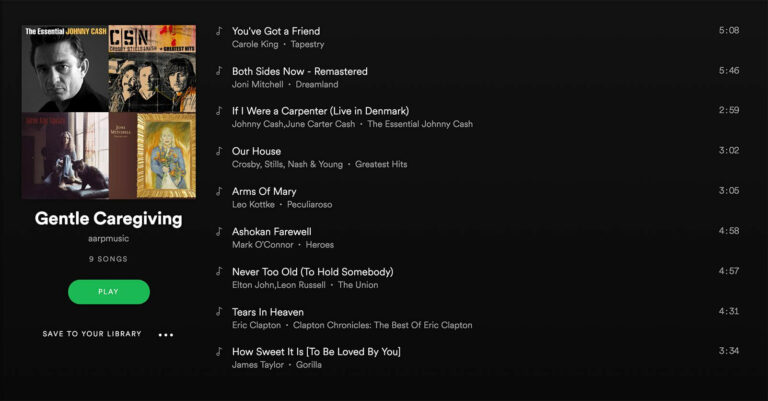About company
Company is a pioneer in energy-efficient wastewater treatment technology, utilizing distillation to recycle water and recover the heat of vaporization. The company’s solutions provide clean distilled water while significantly reducing the cost of wastewater recycling.
About plan
This growth plan outlines the strategic approach for a company specializing in patented wastewater treatment solutions based on energy-efficient distillation of water. The plan aims to position it as a leading provider of cost-effective and environmentally sustainable wastewater recycling technology. Through targeted marketing efforts, the company will focus on attracting businesses seeking innovative, clean, and economically viable wastewater treatment solutions for various applications. It’s technology is designed to eliminate wastewater contamination while offering a cost-efficient alternative to potable water. The plan outlines key strategies to target businesses seeking reliable and scalable wastewater treatment options.
Objectives
- Establish company as a trusted leader in energy-efficient wastewater treatment solutions.
- Increase market penetration by expanding the deployment of it’s distillers across various industries and applications.
- Highlight the cost-saving benefits of using it’s technology for wastewater recycling over traditional methods.
- Educate businesses about the environmental benefits of adopting it’s sustainable solutions.
Target Market
- Industrial Manufacturers: Businesses generating significant wastewater in their manufacturing processes.
- Municipalities and Utilities: Entities seeking cost-effective and scalable solutions for wastewater treatment and water recycling.
- Agriculture Sector: Farms and agricultural operations looking to optimize water usage and reduce water costs.
Product Positioning:
- Highlight Aquaback’s patented distillation technology as a cost-efficient and environmentally sustainable alternative to conventional wastewater treatment methods.
- Emphasize the versatility of the distillers, suitable for both small decentralized applications and large utility-scale installations.
6. Marketing Strategies: a. Content Marketing:
- Create informative content, including case studies, whitepapers, and articles, showcasing successful implementations and cost savings achieved through Aquaback’s technology.
- Develop engaging videos explaining the distillation process and the environmental benefits of the technology.
b. Industry-Specific Campaigns:
- Tailor marketing campaigns for different industries to highlight the unique benefits of Aquaback’s solutions in each sector.
- Collaborate with industry associations and trade publications to reach target audiences effectively.
c. Thought Leadership:
- Position Aquaback’s experts as thought leaders by contributing to industry conferences, webinars, and panels focused on sustainable wastewater treatment.
d. Demonstrations and Webinars:
- Conduct live demonstrations and webinars to showcase the efficiency and reliability of Aquaback’s distillers to potential B2B clients.
e. Partnerships and Collaborations:
- Partner with environmental organizations and sustainability-focused businesses to enhance Aquaback’s brand reputation.
- Collaborate with key players in the water treatment industry to expand distribution and increase market reach.
7. Sales and Distribution:
- Establish a dedicated B2B sales team to cater to specific industry needs and build strong relationships with potential customers.
- Leverage e-commerce platforms for easy access to Aquaback’s products and services.
8. Customer Support:
- Provide comprehensive customer support for system installation, maintenance, and troubleshooting.
- Offer training programs to ensure efficient utilization of Aquaback’s technology.
9. Performance Measurement:
- Monitor sales growth and the number of successful implementations across industries.
- Track customer feedback and satisfaction through surveys and testimonials.
- Measure website engagement and conversion rates for digital marketing efforts.
10. Budget and Timeline: Outline the budget allocation for marketing activities and set achievable milestones for market expansion.
11. Conclusion: Aquaback’s energy-efficient wastewater treatment solutions have the potential to revolutionize the industry by providing cost-effective and sustainable alternatives to traditional methods. The strategic B2B marketing plan focuses on establishing Aquaback’s reputation as a reliable and innovative provider, attracting businesses seeking effective wastewater recycling solutions, and driving substantial growth in the market. Through targeted marketing efforts and strategic partnerships, Aquaback will lead the way towards a cleaner and more sustainable water future.
Webinar Ideas for Marketing Aquaback’s Wastewater Treatment Solutions:
- “Innovative Wastewater Treatment: Exploring Aquaback’s Energy-Efficient Distillation Technology”
- Overview: This webinar will provide an in-depth exploration of Aquaback’s patented distillation technology and how it offers an innovative approach to wastewater treatment.
- Key Topics:
- Understanding the distillation process for wastewater recycling.
- Exploring the cost-saving benefits of using Aquaback’s technology over traditional methods.
- Case studies showcasing successful implementations across different industries.
- Environmental impact and sustainability benefits of Aquaback’s clean water solutions.
- Target Audience: Environmental engineers, sustainability managers, and decision-makers in industries generating significant wastewater.
- “From Wastewater to Resource: Transforming Contaminated Water with Aquaback’s Distillers”
- Overview: This webinar will focus on how Aquaback’s distillation technology can transform wastewater into a valuable resource, contributing to a circular economy.
- Key Topics:
- How Aquaback’s distillers extract clean water from contaminated sources.
- Utilizing treated water for various applications, including irrigation and industrial processes.
- Real-world examples of businesses benefiting from Aquaback’s water recycling solutions.
- Compliance and regulatory considerations for sustainable wastewater treatment practices.
- Target Audience: Municipalities, utility companies, and businesses seeking sustainable water management solutions.
- “Sustainability Matters: Aquaback’s Role in Reducing Water Scarcity and Preserving the Environment”
- Overview: This webinar will highlight Aquaback’s commitment to sustainability and its impact on water scarcity and environmental preservation.
- Key Topics:
- The importance of water conservation and how Aquaback’s technology contributes to this cause.
- Exploring the potential of wastewater recycling to alleviate water scarcity challenges.
- Partnering with Aquaback for a shared commitment to a greener future.
- Engaging in corporate social responsibility through sustainable water management.
- Target Audience: CSR managers, sustainability officers, and organizations with a focus on responsible environmental practices.
- “Water Resilience in a Changing World: Aquaback’s Solutions for Adapting to Climate Challenges”
- Overview: This webinar will address the impact of climate change on water availability and how Aquaback’s solutions offer resilience to businesses.
- Key Topics:
- Identifying climate-related water challenges and vulnerabilities.
- How Aquaback’s distillation technology helps businesses adapt to changing water conditions.
- Incorporating Aquaback’s solutions into long-term water management strategies.
- Empowering businesses to meet sustainability goals and stay ahead of regulatory requirements.
- Target Audience: Water resource managers, climate adaptation specialists, and businesses seeking climate-resilient solutions.
- “Aquaback Customer Showcase: Success Stories from Businesses Embracing Sustainable Water Management”
- Overview: This webinar will feature testimonials and success stories from businesses that have implemented Aquaback’s technology to achieve sustainable water management outcomes.
- Key Topics:
- Real-world experiences from companies across various industries that have adopted Aquaback’s solutions.
- The challenges faced before adopting Aquaback’s technology and the positive outcomes achieved.
- How Aquaback’s solutions contributed to cost savings and improved environmental performance.
- Lessons learned and best practices from successful implementations.
- Target Audience: Potential customers, industry peers, and businesses interested in real-life examples of Aquaback’s impact.
These webinar ideas are designed to showcase Aquaback’s expertise, educate the target audience on the benefits of their wastewater treatment solutions, and attract businesses looking for sustainable and cost-effective water recycling options. By providing valuable insights and actionable information, Aquaback can position itself as a thought leader and an ideal partner for businesses seeking environmentally responsible wastewater treatment solutions.
Ideal Customer Profile for Aquaback’s Wastewater Treatment Solutions:
- Industry: Aquaback’s ideal customers come from various industries that generate significant amounts of wastewater, such as:
- Manufacturing: Companies involved in industrial processes that produce wastewater containing contaminants.
- Municipalities and Utilities: Local governments and utility providers responsible for wastewater treatment and water recycling.
- Agriculture: Farms and agricultural operations utilizing water-intensive practices and facing water management challenges.
- Size and Scale: Aquaback’s solutions are suitable for a wide range of customers, from small-scale operations to large utility-scale installations. The ideal customer may be a small business seeking decentralized wastewater treatment or a large utility company aiming to implement sustainable water recycling at a citywide scale.
- Sustainability-Focused: The ideal customer is environmentally conscious and places a high value on sustainable practices. They are committed to reducing their environmental impact, conserving water resources, and supporting circular economy principles.
- Cost-Conscious: Aquaback’s technology offers cost-efficient alternatives to traditional wastewater treatment methods and potable water consumption. The ideal customer seeks solutions that not only benefit the environment but also provide significant cost savings in wastewater management.
- Regulatory Compliance: Industries that face stringent regulatory requirements concerning wastewater discharge and environmental standards are ideal customers for Aquaback. Compliance with environmental regulations and minimizing the risk of penalties are crucial factors for such businesses.
- Water-Intensive Processes: Customers with water-intensive processes that generate wastewater with high contamination levels are ideal candidates for Aquaback’s solutions. They recognize the need for effective and reliable wastewater recycling systems.
- Long-Term Planning: Ideal customers have a forward-thinking approach to water management and are interested in long-term solutions that can adapt to changing water availability, climate conditions, and business growth.
- Innovation-Oriented: Aquaback’s patented distillation technology is at the forefront of wastewater treatment innovation. The ideal customer is open to adopting cutting-edge technologies and embracing advancements in their wastewater management practices.
- Technical Expertise: The ideal customer has the technical expertise or is willing to collaborate with Aquaback’s team to ensure proper installation, operation, and maintenance of the distillation equipment.
- Geographic Location: Aquaback’s solutions are versatile and can be deployed across various geographic regions. Ideal customers can be located in urban or rural areas, regions facing water scarcity, or areas with stringent water management challenges.
By targeting customers who align with this ideal customer profile, Aquaback can effectively position its energy-efficient wastewater treatment solutions as the go-to choice for businesses seeking innovative, cost-effective, and environmentally sustainable water recycling technology.
Sales Executive (SE): (Cheerfully approaching the Manufacturing customer’s office) Good morning! Howdy, howdy! I’m the Aquaback Water Wizard, and I hear you’ve got a “wet and wild” situation here with wastewater. Tell me all about it!
Manufacturing Customer (MC): (Smirking) Well, you got that right! We’re drowning in wastewater, and it’s driving us nuts. We need something sustainable, cost-efficient, and innovative to tackle this messy situation.
SE: (Waving a wand theatrically) Fear not, my eco-friendly friend! Aquaback is here to save the day! Our patented distillation technology is like magic—it recycles wastewater like a pro and turns it into clean distilled water at a fraction of the cost of potable water.
MC: (Intrigued) Distilled water? I’m listening, but you better not be pulling my leg here.
SE: (With a wink) I assure you, there’s no tomfoolery involved. You’re a manufacturing powerhouse, right? And I bet you’ve got loads of that precious wastewater teeming with contaminants.
MC: (Nods) Unfortunately, you’re not wrong.
SE: (Confidently) That’s where Aquaback steps in! Our solutions are like the superheroes of wastewater treatment. We’ll help you reduce your environmental impact, meet those pesky regulatory standards, and put some serious cash back in your pocket!
MC: (Intrigued) Alright, I’m liking the sound of that. But how do I know your technology won’t blow up our budget?
SE: (Laughs) No explosions, I promise! We’re cost-conscious, my friend. Our distillers are like the thriftiest water detectives—they’ll recycle that wastewater without breaking the bank. Imagine saving money while saving the planet!
MC: (Impressed) Alright, I’m hooked. But what about the long-term game? Will this solution stand the test of time?
SE: (Nods) You betcha! We’ve got your back with Aquaback. Our solutions are future-proof—ready to tackle whatever challenges Mother Nature throws our way. Long-term planning? That’s our middle name!
MC: (Smiling) Well, you certainly have a flair for selling your “water wizardry.” I’m just curious, how does your distillation technology work?
SE: (Pulls out a tiny distiller model) Aha! Prepare to be amazed! You see, we harness the power of energy-efficient distillation, recycling the heat of vaporization like nobody’s business. It’s like turning wastewater into pure gold!
MC: (Eyes wide) Wow, that sounds like some serious innovation right there!
SE: (Grinning) You’ve got that right! We’re the pioneers in the field. Innovation is our middle name, too! And hey, we’ll even hold your hand through it all. Our team of technical experts will make sure everything runs like clockwork.
MC: (Impressed) Well, you’ve got me sold! I never thought wastewater treatment could be this exciting.
SE: (Laughs) It’s a whole new world of sustainable excitement, my friend! And remember, we’re versatile, just like your company! We can deploy our distillers anywhere, from small-scale wonders to citywide marvels.
MC: (Nods) That’s good to hear. We operate in different regions, so flexibility is a must.
SE: (Slapping MC’s shoulder) You’re in luck! Aquaback’s got you covered, whether you’re in a bustling city or a quiet countryside. Our solutions fit like a glove, no matter where you are.
MC: (Smirking) Alright, Water Wizard, you’ve cast your spell on me. Let’s make this wastewater vanish into thin air!
SE: (Excitedly) Fantastic! You’ve made the right choice, my friend. Welcome to the Aquaback family—a world where wastewater woes become water wonders! Let’s get started on this epic journey!
MC: (Shaking hands) Let’s do it!

